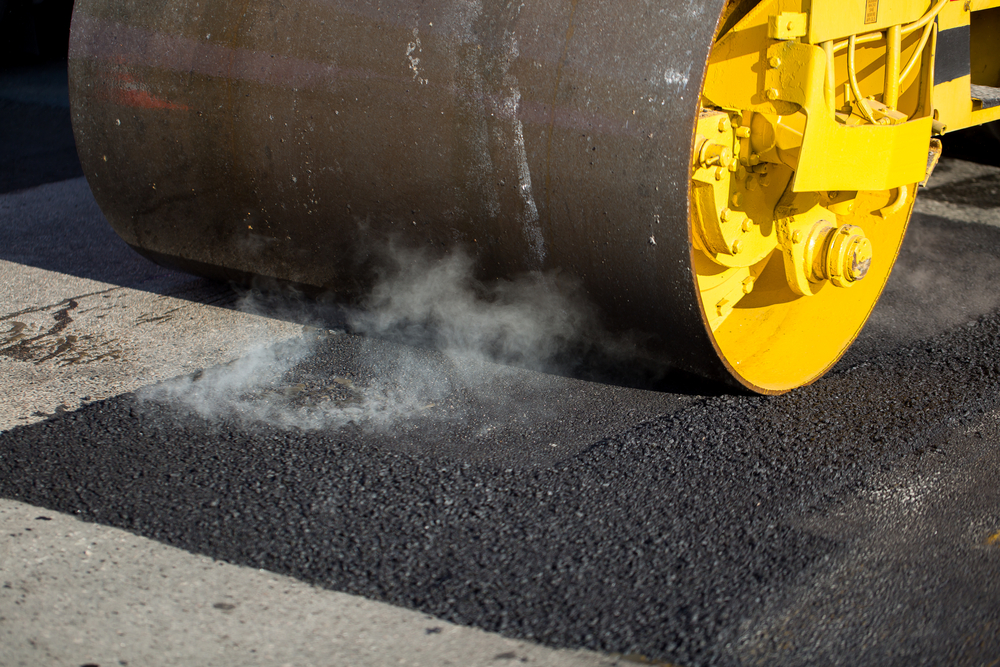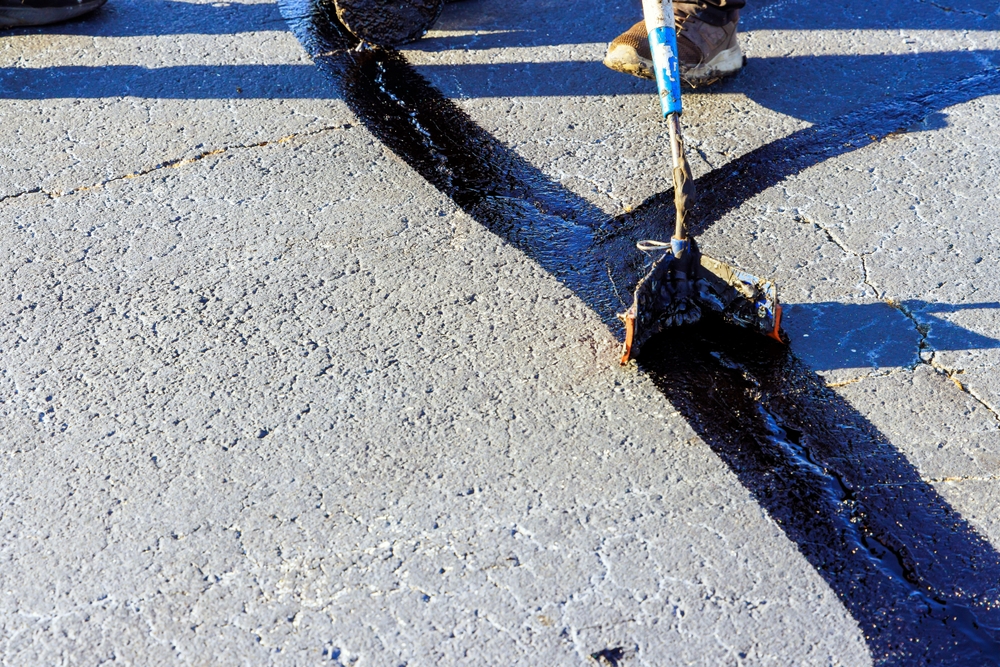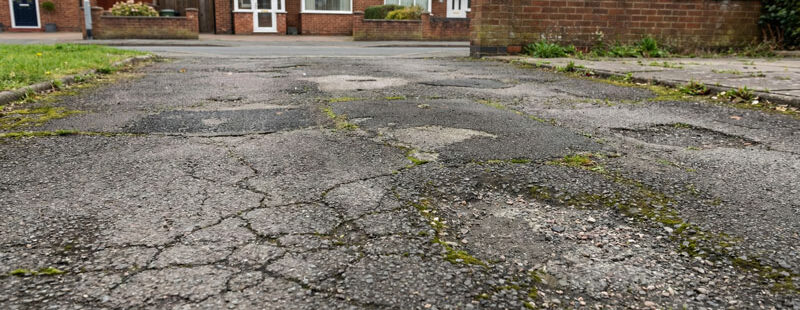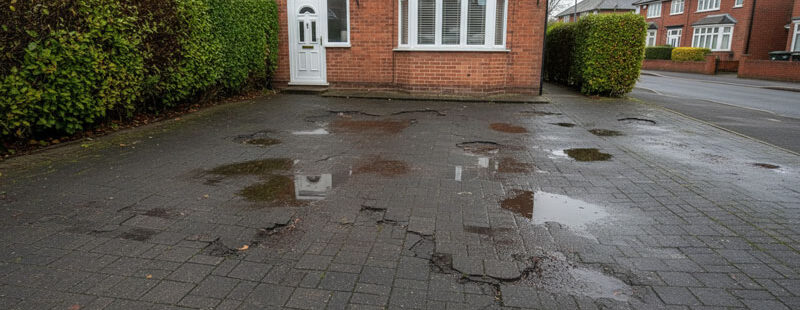
Crack Sealing & Patching: Road Maintenance Basics
Understanding Crack Sealing and Patching in Road Maintenance
Road maintenance is a critical aspect of ensuring the longevity and safety of our transportation infrastructure. Two common techniques used in this process are crack sealing and patching. In this article, we’ll explore these methods in detail and discuss their importance in maintaining the integrity of our roads.
What is Crack Sealing?
Crack sealing is a preventive maintenance technique that involves:
- Cleaning out existing cracks in the road surface
- Filling them with a specialized sealant material
The primary purpose of crack sealing is to:
- Prevent water and debris from infiltrating the cracks
- Minimize further damage to the road surface
By sealing cracks early on, road maintenance teams can:
- Extend the life of the pavement
- Reduce the need for more extensive repairs in the future
The Crack Sealing Process
The crack sealing process typically follows these steps:
1. Cleaning: The cracks are thoroughly cleaned using compressed air or heat to remove dirt, debris, and moisture.
2. Preparation: The edges of the cracks may be slightly widened to allow for better sealant adhesion.
3. Application: The sealant material, usually a hot-applied rubberized asphalt, is poured or injected into the cracks.
4. Finishing: The sealant is allowed to cure and any excess material is removed, leaving a smooth, level surface.

What is Patching?
Patching is a localized repair technique used to address:
- Potholes
- Larger cracks
- Other surface defects on roads
Unlike crack sealing, which is a preventive measure, patching is typically performed when damage to the road surface is more extensive.
The Patching Process
The patching process can vary depending on the size and severity of the damage, but generally includes:
1. Preparation: The damaged area is cleaned, and any loose material is removed.
2. Cutting: The edges of the area to be patched are cut to create a clean, uniform shape.
3. Filling: The void is filled with a patching material, such as hot mix asphalt or cold patch.
4. Compaction: The patching material is compacted to ensure a smooth, level surface that matches the surrounding pavement.
The Importance of Crack Sealing and Patching
“An ounce of prevention is worth a pound of cure.” – Benjamin Franklin
This famous quote aptly describes the importance of crack sealing and patching in road maintenance. By addressing minor issues early on, road maintenance teams can prevent more serious and costly damage from occurring.
Some of the key benefits of these techniques include:
- Extended pavement life: Regular crack sealing and patching can significantly extend the life of a road surface, reducing the need for full reconstruction.
- Improved safety: Well-maintained roads with properly sealed cracks and patched potholes provide a safer driving surface for vehicles.
- Cost-effectiveness: Preventive maintenance techniques like crack sealing and patching are far more cost-effective than allowing roads to deteriorate to the point of requiring full reconstruction.
Conclusion
Crack sealing and patching are essential tools in the road maintenance arsenal. By understanding and properly applying these techniques, road maintenance teams can effectively extend the life of our roads, improve safety, and save money in the long run. As the transportation infrastructure continues to age, the importance of these preventive maintenance measures will only continue to grow.





